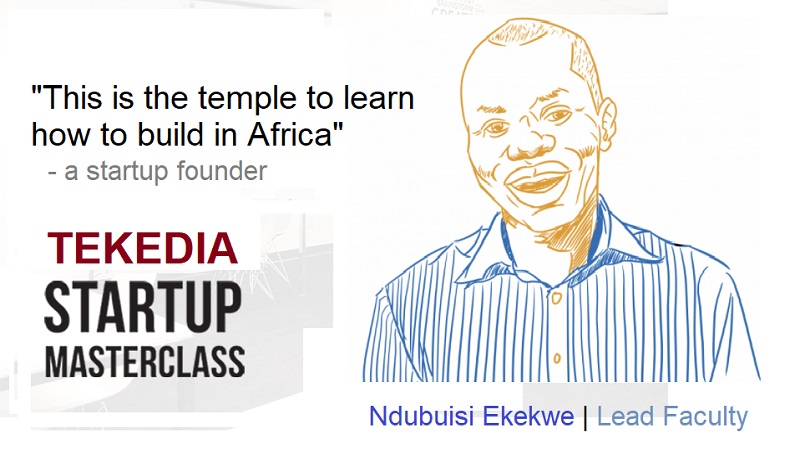
Tech giant Microsoft has laid off more than 300 employees this week, continuing its efforts to streamline operations and adapt to a rapidly evolving tech landscape, according to Bloomberg.
The layoffs follow the company’s largest workforce reduction in recent years, with 6,000 jobs cut last month, signaling a broader industry pivot toward artificial intelligence (AI).
A Washington state filing reviewed by Bloomberg confirmed the elimination of several hundred roles, though Microsoft did not disclose specific departments affected. “We continue to implement organizational changes necessary to best position the company for success in a dynamic marketplace,” a Microsoft spokesperson stated, emphasizing alignment with shifting business priorities.
Register for Tekedia Mini-MBA edition 18 (Sep 15 – Dec 6, 2025) today for early bird discounts. Do annual for access to Blucera.com.
Tekedia AI in Business Masterclass opens registrations.
Join Tekedia Capital Syndicate and co-invest in great global startups.
Register to become a better CEO or Director with Tekedia CEO & Director Program.
Microsoft which had about 228,000 employees worldwide as of June last year, has seen a part of its workforce significantly reduced, as it moves to streamline operations and position the company for success in a dynamic marketplace.
The interesting thing about the wave of layoffs is that, it is coming even as the tech giant continues to post strong earnings with its shares soaring to historic highs. Analysts say the restructuring is not driven by financial stress but rather by organizational recalibration.
The continuous layoffs reflect a broader trend in Microsoft’s internal restructuring efforts. This year, CEO Satya Nadella during a companywide town hall meeting, said the layoffs were necessary to realign teams in accordance with Microsoft’s evolving priorities, particularly its growing focus on artificial intelligence.
He however acknowledged the emotional effect of the decision but underscored that it was necessitated by strategic shifts, not shortcomings in productivity or talent. The CEO further indicated that the company would begin implementing sales execution changes, especially around Azure, Microsoft’s cloud platform. This aligns with Microsoft’s ongoing strategy to aggressively invest in artificial intelligence and consolidate operations that support this next-generation platform push.
In early January, Microsoft announced that it was aiming to spend more than $80 billion this fiscal year on data centers that were capable of handling artificial intelligence workloads. Microsoft’s fiscal year ends in June.
The company wrote,
“Our plans to spend over $80B on infrastructure this FY remains on track as we continue to grow at a record pace to meet customer demand”.
Microsoft’s move highlights a shift in the tech industry, where even product development teams are being reshaped amid the accelerating integration of AI technologies. Since 2022, tech companies have cut significant numbers of jobs over 165,000 in 2022, 264,000 in 2023, and more than 141,000 in 2024 alone, according to Layoffs.fyi. In 2025, an estimated 76,440 jobs have been eliminated, with AI cited as a factor in many cases.
The World Economic Forum suggests that 41% of global companies plan workforce cuts by 2030 due to AI. However, some firms, like Accenture, report AI-driven cost savings without directly linking to layoffs, and 77% of companies aim to reskill workers for AI workflows.
Specifically, SignalFire found that Big Tech companies reduced the hiring of new graduates by 25% in 2024 compared to 2023. Meanwhile, graduate recruitment at startups decreased by 11% compared to the prior year.
While the adoption of new AI tools might not fully explain the dip in recent grad hiring, Asher Bantock, SignalFire’s head of research, says there’s “convincing evidence” that AI is a significant contributing factor.
AI is undeniably automating certain jobs, however, the narrative that it’s the sole driver of layoffs is not entirely true. Economic pressures, overhiring corrections, and strategic pivots play significant roles.
Meanwhile, the push for AI skills highlights a growing divide, those who can adapt to AI-driven roles may thrive, while others face job insecurity.



